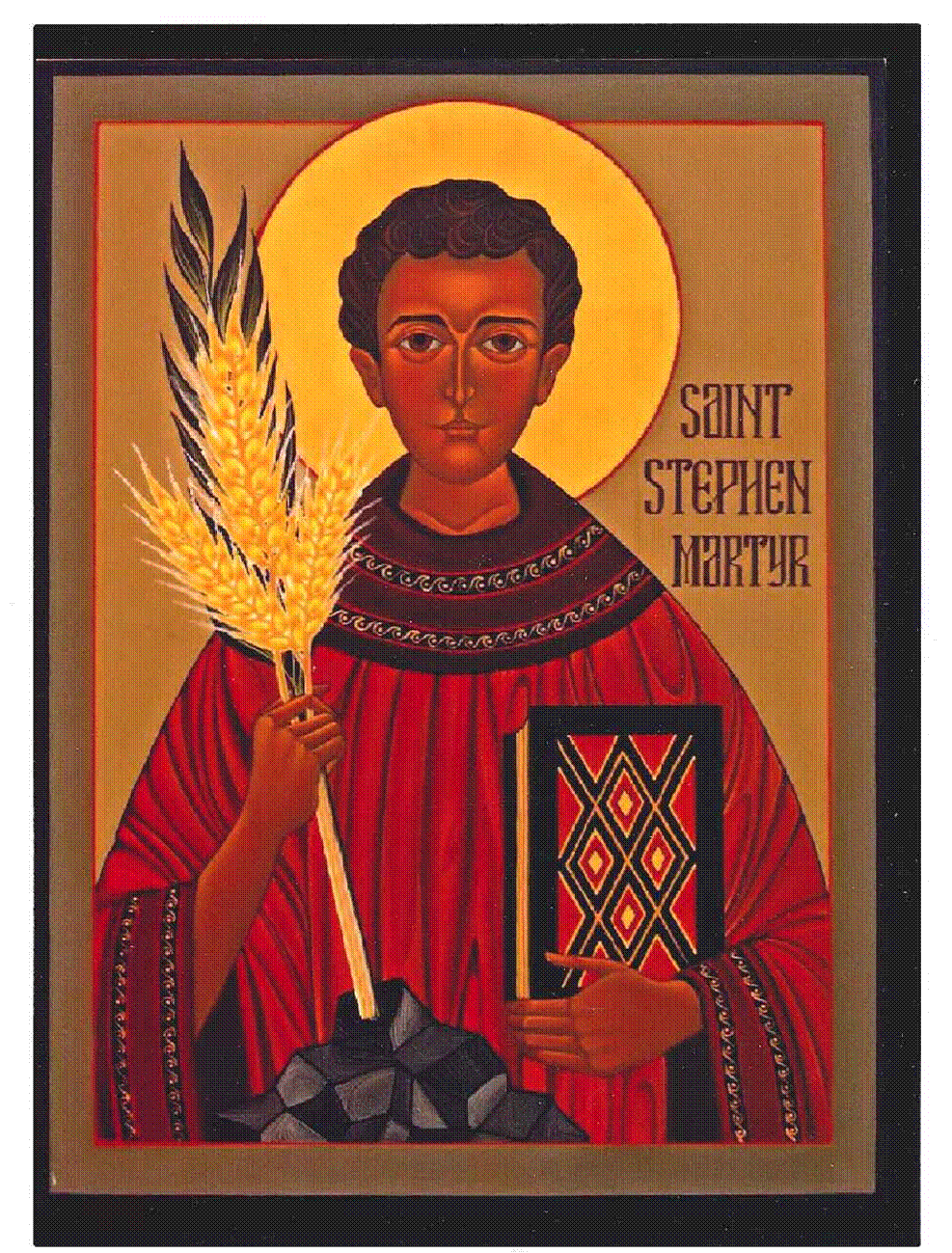Scarred
- The Rev. Barbara Melosh
- May 6
- 2 min read
Updated: May 7

The gnarled branches and burls on this Sargent Cherry Tree bear witness to its venerable age. Planted at Winterthur in 1918, the tree continues to flourish. leafing out this week after its showy display of white blossoms.
Trees have a remarkable ability to recover from wounds and disease. The burls visible on this cherry tree are formed in response to stress—insect infestation, bacterial infection or fungi, damage from freezes. Trees also survive wounds from pruning and storm damage, producing a substance that isolates the wound and seals it from the healthy growth. Trees have long life spans, with some species known to survive five thousand years. But like this cherry tree, they bear the marks of wounds and disease.
When Jesus appeared to his disciples that first Easter evening, his resurrection body bore the marks of what he had suffered. Thomas was not present, and when the others told him what they had seen, he wanted to see for himself. A week later, he showed his wounds to Thomas, who recognized Jesus by the marks left by the nails and the sword and exclaimed, “My Lord and my God!” Jesus’ resurrected body is witness of his identity. Wounded, and therefore fully human. Risen from the dead, and fully divine.
Our bodies, too, bear the marks of our wounds, and our scars tell our stories. The faint scar of a small-pox vaccine on one arm, the mark of prevention before that dread disease was eradicated. A scar on a woman’s abdomen, from an incision made to deliver a baby struggling to be born. The long zipper tracks of open-heart surgery. A matching pair of scars, from a kidney donated to give new life to the one who receives it. The scars over knees, hips, wrists, and ankles, where broken bones were repaired or aging joints replaced.
Scars form when skin responds to injury, testament to the body’s amazing ability to heal and renew. At the same time, they mark us, as reminders of how our bodies have been used and wounded—testaments to our vulnerability to accident and injury and disease; signs of what we have suffered and survived.
As we celebrate the resurrection this Eastertide and every Sunday, we claim our identity as Christ’s own living body, bold to show our wounds and to proclaim the One who has defeated death.
Christ is risen, alleluia!
Pastor Barbara Melosh
































Comments